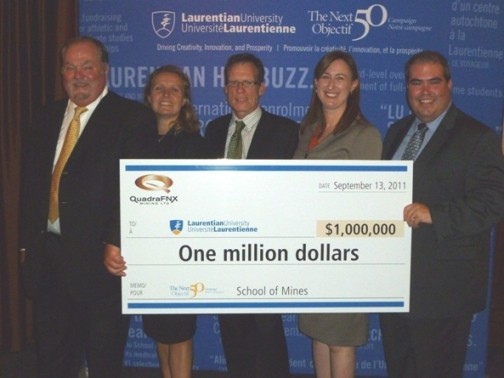CAmagazine is the leading accounting publication and preferred information source for Canadian chartered accountants and financial executives.
Paul McLaughlin is a Toronto-based freelance writer www.paulmclaughlin.ca
Two years and two risky deals later, Barrick’s CEO Aaron Regent has shown the mining community that he’s one leader not afraid of taking chances
When Aaron Regent, the president and CEO of Barrick Gold Corp., addressed the annual general meeting of the world’s largest gold producer in April, he had a lot of good news to bestow.
In a matter-of-fact tone, the 45-year-old CA, who had been appointed to the challenging role some 27 months earlier, began by telling the assembled shareholders at Toronto’s Metro Convention Centre that Barrick had “a strong year in 2010.” That was an understatement. The price of gold had surged to US$1,228 an ounce last year, up 25% from the year before and more than 200% since 2004.
In May it was nudging US$1,512 on the New York Stock Exchange and in June reached US$1,540 an ounce. Those numbers contributed significantly to Barrick, which has 25 operating mines and six projects on five continents, being able to report record adjusted first-quarter net earnings in 2011 of US$1.1 billion, up 32% from the prior year’s same period. Operating cash flow also jumped, by 27% from the previous first quarter, to US$1.44 billion.


























